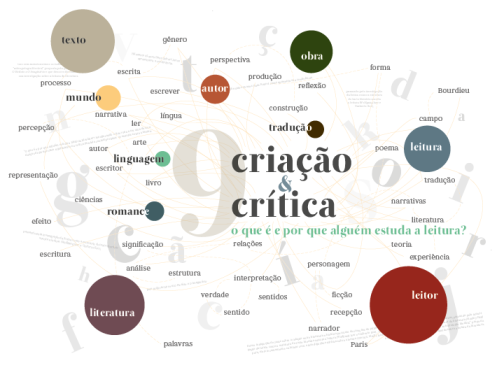The Minotaur:absences and replacements in Monteiro Lobato’s work
DOI:
https://doi.org/10.11606/issn.1984-1124.v5i9p152-160Keywords:
Literary adaptation, Greek mythology, Monteiro Lobato.Abstract
In 1939, Monteiro Lobato published O Minotauro (The Minotaur), an interpretation of the Greek myth featuring a creature that had the head of a bull and the body of a human being that was killed by the Athenian hero Theseus. Lobato’s monster is alone in his labyrinth to where he takes he cook,Tia Nastacia, whom he kidnapped. His home at the Island of Crete neither holds young Athenians to be devoured nor displays the typical violence of the classical tales. Ariadne’s ball of thread is replaced by Emilia’s bobbins. Instead of being killed by Theseus, the Minotaur is defeated by Tia Nastacia’s fried dumplings. Those suppressing and adding operations are the conducting line of our essay about the connection between Lobato’s version and the Minotaur’s source text, whose actual origin has been lost in time. We are able to argue that Lobato’s choices depend on his own beliefs about the writing process, on the need for the adaptation of the material to his targeted readers enhancing, on the one hand, the importance of intelligence which prevails over violence. In order to support our analysis, we have taken into consideration not only Lobato’s texts, but also contemporary authors, such Martins, Hutcheon, Arrojo, Samoyault and Sant’Anna, who deal with the adaptation process and the inter-textual mechanisms involved in it.Downloads
Download data is not yet available.
Downloads
Published
2012-11-15
Issue
Section
Articles
License
Authors who publish with this journal agree to the following terms:
- Authors retain copyright and grant the journal right of first publication with the work simultaneously licensed under a Creative Commons Attribution License that allows others to share the work with an acknowledgment of the work's authorship and initial publication in this journal.
- Authors can enter into separate, additional contractual arrangements for the non-exclusive distribution of the journal's published version of the work (e.g., post it to an institutional repository or publish it in a book), with an acknowledgment of its initial publication in this journal.
- Authors are permitted and encouraged to post their work online (e.g., in institutional repositories or on their website) before and during the submission process, as it can lead to productive exchanges, as well as earlier and greater citation of published work (See The Effect of Open Access).
How to Cite
Tavares, D. A. (2012). The Minotaur:absences and replacements in Monteiro Lobato’s work. Revista Criação & Crítica, 9, 152-160. https://doi.org/10.11606/issn.1984-1124.v5i9p152-160



